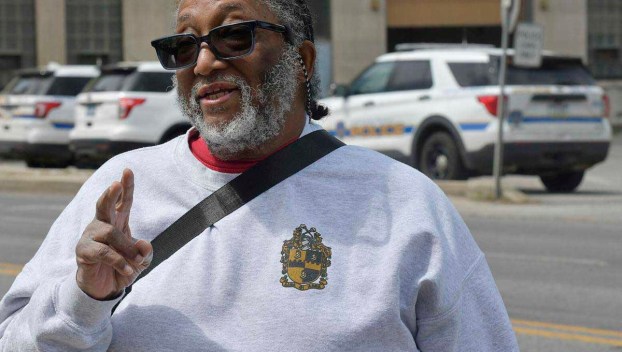
Local News
Split attitudes on racial justice progress
The struggle for racial justice has touched Alan Cashaw’s entire life. One year after George Floyd’s murder by ... Read more

The struggle for racial justice has touched Alan Cashaw’s entire life. One year after George Floyd’s murder by ... Read more